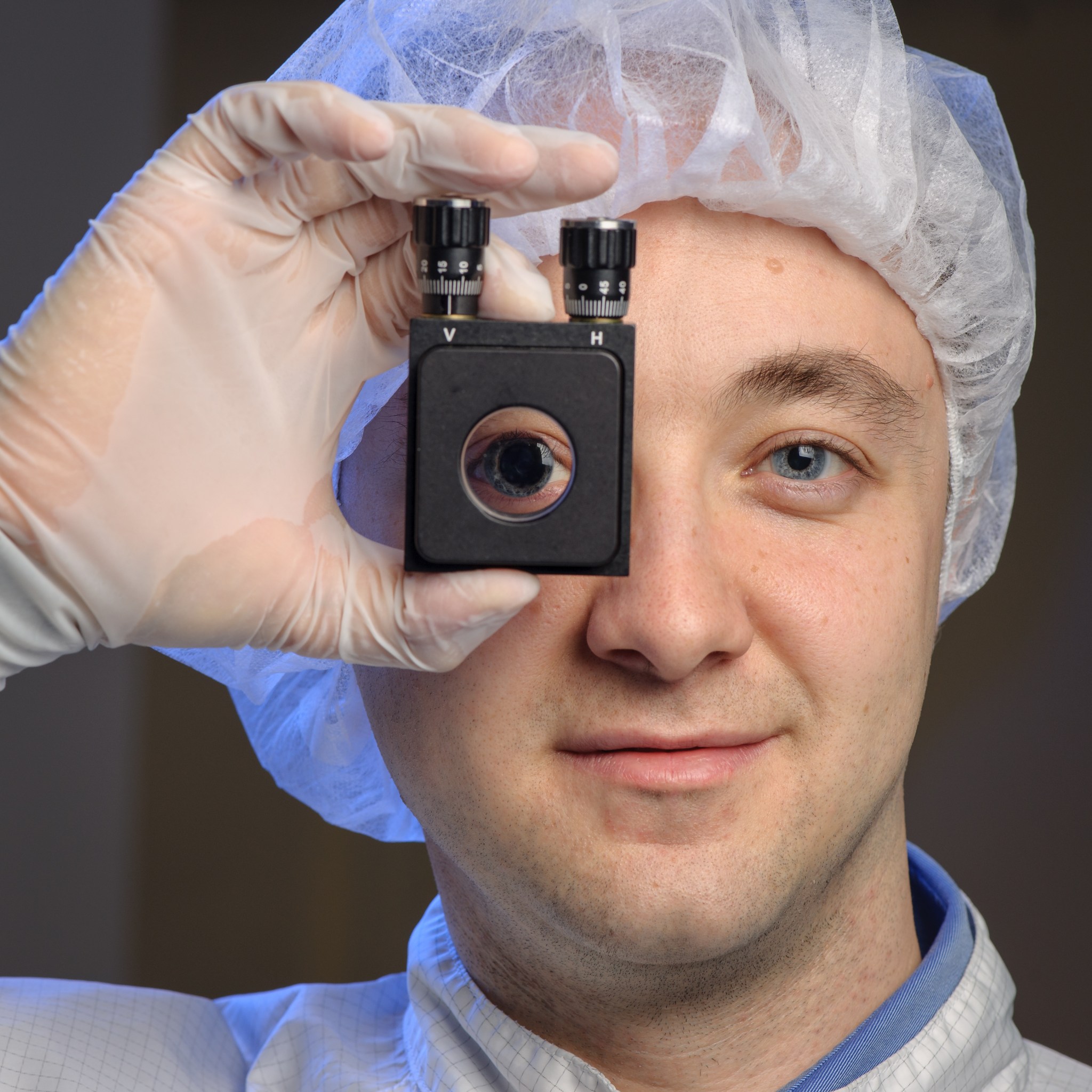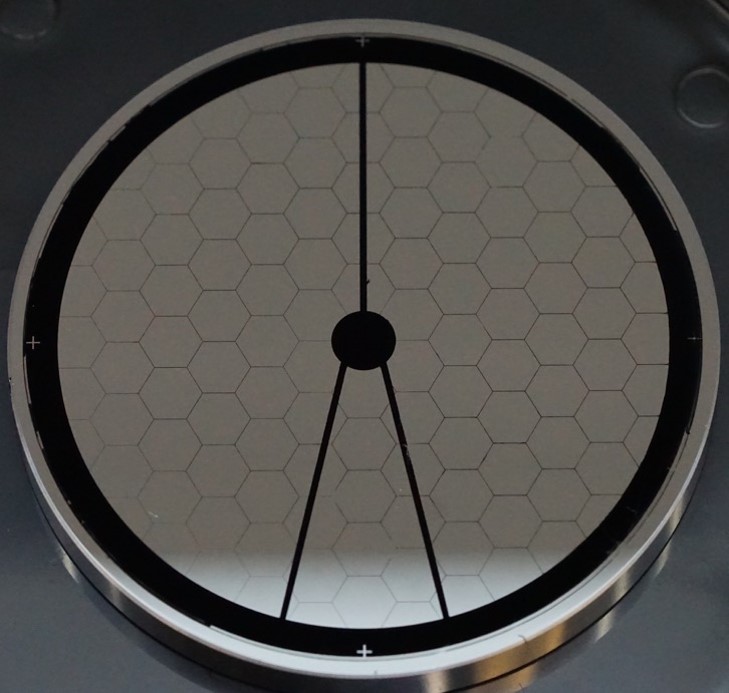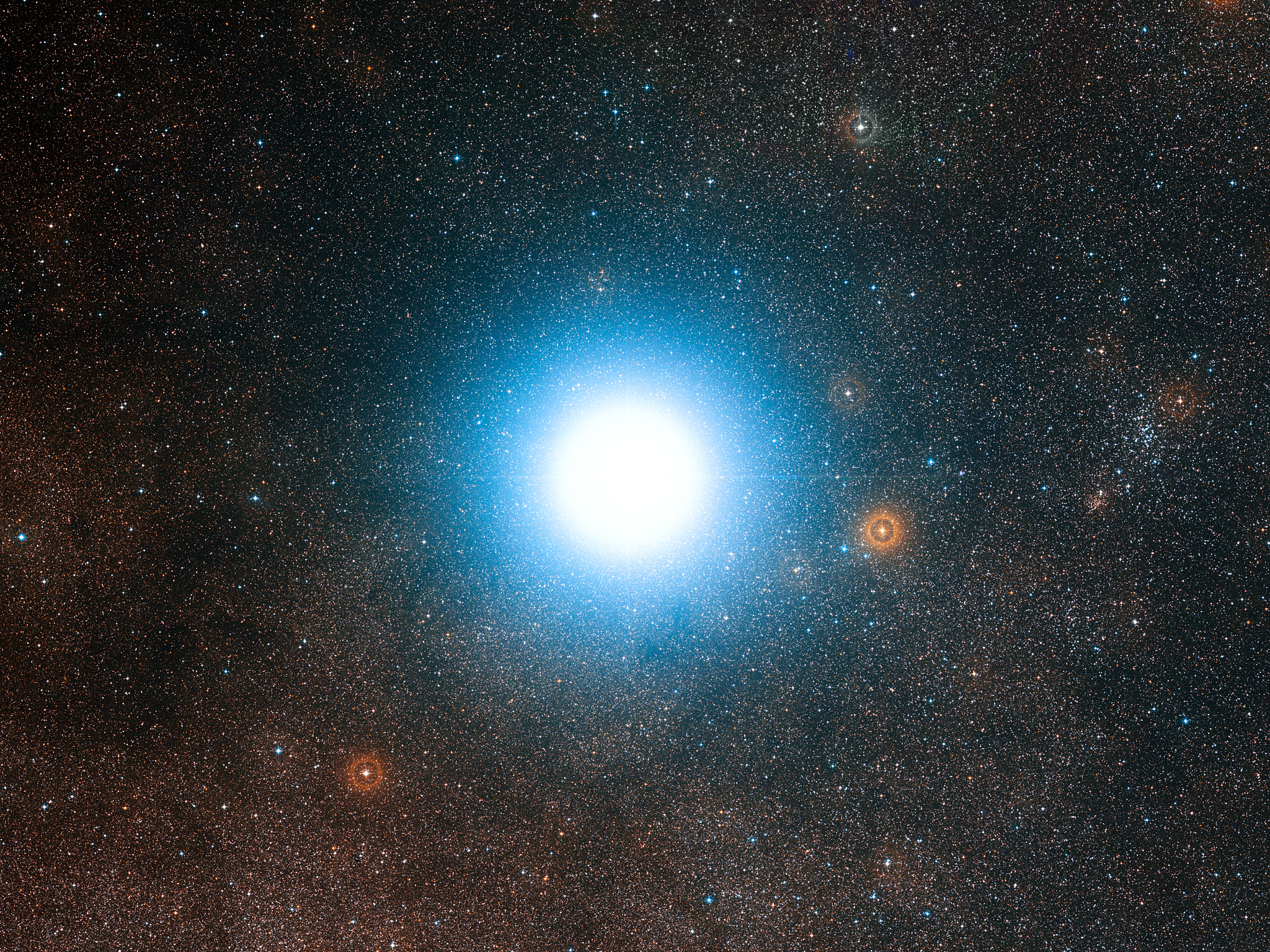NASA’s search for a planet as suited to harboring life as our own Earth has shown us how unique our home truly is. But now that we know there are more planets than stars in the cosmos, thanks to telescopes such as Kepler, it’s more plausible than ever that a life-harboring planet is out there hidden from our view.
To uncover those hidden worlds, NASA is developing technology to search for Earth-like planets in greater detail and closer to home than ever before, pioneering new technology to peer more deeply into space – perhaps to capture actual images of planets something like our own.
Most planets have been found through indirect methods. So one way to get more detail is to take visual pictures of those worlds, called direct imaging. Such techniques will allow us to see what chemicals are in a planet’s atmosphere, and maybe even whether there are oceans and continents, all based on the light the planet bounces back to us.
Those details are essential to finding out if a planet’s habitable to life as we know it, and whether such life could already be there. But the light reflected by any planet itself is dwarfed by the blinding brightness of any star.
Enter the coronagraph.
A coronagraph is a system added to a telescope that blocks out the light of a star so it’s possible to find the dimmer objects around it. If you’ve seen a solar eclipse, it works the same way: the Moon blocks out the light of the Sun, making it easier to see the “corona,” or outermost layer surrounding our star – hence the name.
The hardware of the coronagraph itself is only one component of the new technology needed. New software and imaging techniques are needed to face the challenges of analyzing the traces of light we can glean from planets light-years away. NASA is tackling the problem on all fronts: coronagraph technology, more sensitive detectors, more advanced telescopes. NASA is using competitively selected grants to spur these new technologies. The ultimate goal: turning NASA’s next generation of telescopes on our neighboring star systems, and making sure they’re fully equipped to find another Earth.
PIAA: A Coronagraph for the Next Generation of Telescopes
A coronagraph works by creating an artificial “dark hole” in the image being taken by a telescope to hide a star’s blinding light. But no coronagraph is perfect, and some light will always get through. To get rid of any of that diffuse light, a coronagraph must be equipped with a deformable mirror. This special type of mirror is made of very thin material, adjusted by a series of pistons that lie just underneath it.
Improving coronagraph technologies means designing both better techniques to blot out the light from the stars in systems we’re observing as well as advancements in the deformable mirrors that clean up the excess light.
One of the key technologies the Exoplanet Technologies Lab run out of NASA’s Ames Research Center, in California’s Silicon Valley has been developing is known as the Phase-Induced Amplitude Apodization coronagraph, or PIAA. This high-performance coronagraph hardware will decrease the amount of that excess starlight leaking out, increasing the amount of potentially habitable exoplanets discovered by as much as 50%.
The PIAA approach offers a big advantage over other coronagraphs: its improved “inner working angle,” which suppresses starlight closer to the star, allows it to distinguish planets in far closer orbits.
Results from the Kepler and TESS missions gave us a survey of exoplanets, with the closest around 50 light-years away and most much farther, with only a small fraction potentially habitable. Though essential for understanding how widespread exoplanets are, Kepler and TESS are not designed to characterize atmospheres and look for signs of life. The planets that direct imaging using coronagraphs could reveal are as close as 4 light-years, with the ability to scientifically determine their habitability. When each planet discovered is a potential place to discover life, every gain in yield is significant.
Linear Dark Field Control: New, Powerful Software to Better Image Dim Planets
Searching for dim planets like our own Earth requires an ultra-dark hole – the “dark field” that remains when starlight is blocked. But how do you keep track of something you have intentionally made near-invisible? The standard methods used to reshape mirrors struggle to adjust the dark hole accurately as the observatory drifts, vibrates, and distorts during the hours it takes to detect a distant planet. The dark hole degrades, needing to be reestablished by the mirrors over and over again, making it that much harder to image the planet.
Linear Dark Field Control is a new, advanced software method that can maintain the kind of ultra-dark hole needed to image dim planets. It works by measuring changes in glow outside the dark hole to keep it steadily ultra-dark.
Scientists at the ET lab have now provided the first laboratory demonstration of Linear Dark Field Control under conditions where some faint solar system-like planets could be imaged. The project’s next step is to conduct vacuum chamber tests to verify that this method could help image Earth-like planets around other stars.
Multi-Star Wavefront Control: Searching for Planets in Binary Systems
One of the greatest challenges for direct imaging is that most stars, especially those like our own Sun, are in binary systems, where two stars orbit each other.
Alpha Centauri, our neighbor star system at a mere 4.37 light years away, contains two Sun-like stars, which are prime targets for directly imaging exoplanets. To complicate matters further, a third much smaller star called Proxima Centauri is in the system as well – and is known to have a potentially habitable planet.
When multiple stars become involved, not only are there more light sources to be blotted out, there’s even more excess light that clouds the image. To properly search for another Earth in a system like Alpha Centauri, we need to find a way to directly image exoplanets in binary systems.
To do so, the ET lab is developing a technique called Multi-Star Wavefront Control. This technique uses deformable mirrors to effectively isolate and eliminate starlight from two different sources, and will soon be tested in a vacuum chamber.
Multi-Star Wavefront Control needs very little new hardware, and can be applied to almost any existing coronagraph, as well as any future designs. The ability to search for planets in binary systems could greatly enhance future coronagraph-capable telescopes.
These three projects from the ET lab show paths to the future of coronagraph technology. Each is capable of working independently, in tandem with any number of upcoming and proposed missions. But taken together, the projects provide a suite of technologies that could comprehensively search Alpha Centauri and other nearby star systems for worlds like our own.
For news media:
Members of the news media interested in covering this topic should reach out to the NASA Ames newsroom.
Banner image: A “complex phase mask” used by the PIAA coronagraph to help hide a star’s glare but preserve the light from an orbiting planet. Deformable mirrors work in a similar manner. Credit: NASA/Dan Wilson
Author: Frank Tavares, NASA’s Ames Research Center




























